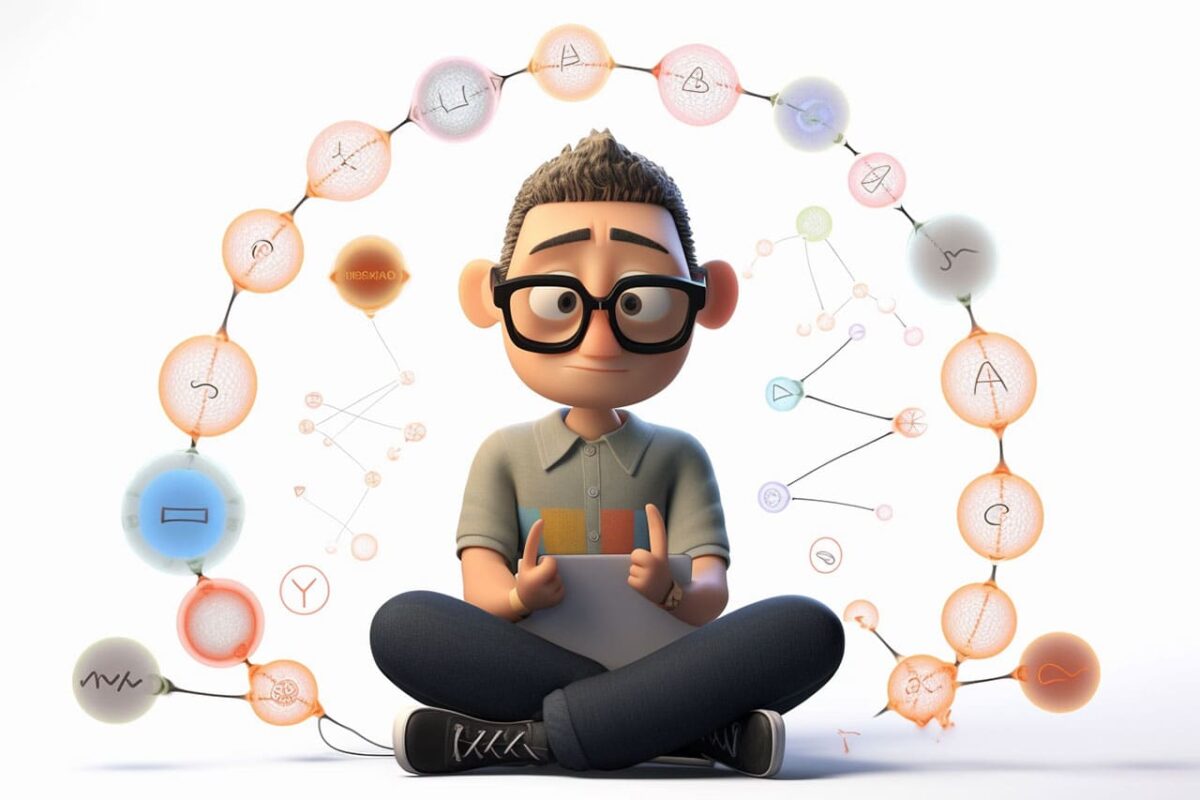Greetings, fellow creatives! Today, we embark on a journey into the enchanting realm of solitude—the fertile ground where creativity blossoms and innovation takes root. In a world bustling with noise and distractions, we often overlook the profound symphony that solitude conducts in our creative minds.
Embracing the Silence
Solitude, at first glance, might seem like an adversary to our connected, hyperactive lives. We live in an era where we’re perpetually bombarded with information, notifications, and the ever-present hum of modernity. It’s no wonder that we sometimes yearn for moments of silence amidst this digital cacophony.
But here’s the secret: solitude is not the absence of noise; it’s the presence of an orchestra of ideas waiting to be composed. When you intentionally step away from the daily hustle and carve out moments of solitude, you invite a creative masterpiece to take shape.
A Date with Your Muse
Think of solitude as a date with your muse. It’s an intimate rendezvous where you and your thoughts can waltz together without interruptions. It’s during these moments of quiet contemplation that the seeds of innovation are sown.
Have you ever noticed how your best ideas often come when you’re taking a shower, going for a walk, or simply staring out of a window? That’s the magic of solitude at play. It’s in these unscripted interludes that your mind is free to wander, explore, and make unexpected connections.
The Power of Reflection
Solitude grants you the gift of self-reflection—a chance to ponder your thoughts, dreams, and aspirations. In the stillness, you can unravel the intricacies of your creative process. You can ask yourself the questions that often go unheard in the bustling world: What truly inspires me? Where do I want my creativity to lead me?
It’s in these reflective moments that you can refine your artistic vision and set a course toward uncharted creative territories.
Navigating the Waters of Solitude
Now, you might be wondering how to navigate the waters of solitude effectively. Here are a few tips to help you harness the symphony of solitude for your creative breakthroughs:
- Schedule Alone Time: Dedicate specific periods in your day or week to solitude. Mark them in your calendar as sacred appointments with your creative self.
- Disconnect to Reconnect: Unplug from digital distractions during your solitude sessions. This is your chance to disconnect from the online world and reconnect with your inner world.
- Engage in Mindful Activities: Engage in mindful activities like meditation, journaling, or simply observing nature. These practices can deepen your connection with your creative thoughts.
- Embrace Boredom: Don’t be afraid of moments when you’re ‘doing nothing.’ Boredom can be the birthplace of brilliant ideas.
- Capture Inspiration: Keep a notebook or digital device handy to capture the insights and ideas that emerge during your alone time.
The Crescendo of Creativity
As you embark on your journey into solitude, remember that it’s not about isolation; it’s about creating space for your creativity to crescendo. It’s about allowing the music of your thoughts to build to a powerful and harmonious climax.
So, fellow creators, may you find the sweet melodies of solitude and let them compose the most beautiful symphonies of your creative life. Embrace the quiet, dance with your thoughts, and let the solitude be your muse.
In the next article, we’ll dive deeper into the psychology behind artistic expression. Until then, may your moments of solitude be filled with inspiration and your creative journey be as endless as the cosmos.


